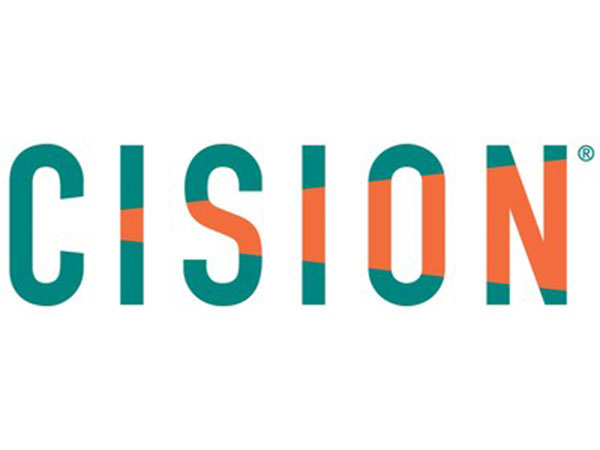
U.S. stocks end mixed as fear index rises
Apr 20, 2024
New York [US], April 20: U.S. stocks ended mixed on Friday, as the investors reacted to the geopolitical conflicts and sticky inflation.
The Dow Jones Industrial Average rose 211.02 points, or 0.56 percent, to 37,986.4, lifted by a rally of more than 6 percent in American Express following upbeat earnings. The S&P 500 sank 43.89 points, or 0.88 percent, to 4,967.23. The Nasdaq Composite Index shed 319.49 points, or 2.05 percent, to 15,282.01, notching its longest losing streak in more than a year. Both S&P 500 and Nasdaq were poised for their sixth straight negative days, streaks not seen for either since October 2022.
Six of the 11 primary S&P 500 sectors ended in green, with utilities and financials leading the gainers by going up 1.47 percent and 1.35 percent, respectively. Meanwhile, technology and communication services led the laggards by dropping 3.08 percent and 2.03 percent, respectively.
Chicago Federal Reserve President Austan Goolsbee noted on Friday that efforts to reduce inflation have hit a roadblock this year, aligning with other U.S. central bankers who have shifted away from anticipating imminent interest rate cuts. "Given the strength of the labor market and progress on easing inflation seen over a longer arc, I believe the Fed's current restrictive monetary policy is appropriate. I think we have to recalibrate and we have to wait and see," he said.
The prevailing belief at the Fed is that maintaining higher interest rates for an extended period is necessary to counter persistent inflationary pressures. The central bank has maintained its policy rate within the 5.25-5.50 percent range since last July. Previously, Goolsbee and many other policymakers believed that at least three rate cuts would be needed this year.
Meanwhile, the CBOE Volatility Index, known as the "fear index" of the U.S. stock market, rose to 21.36 points during the trading session, marking the first time it has surpassed the 20-point threshold since Oct. 30, 2023.
Despite this, some argue that increased volatility is justified after a period where the S&P 500 surged by as much as 28 percent from its lows in October. "In hindsight the market was a little overbought a few weeks ago and there was a little bit too much optimism, exuberance, FOMO (fear of missing out)," said Joe Tigay, portfolio manager for Rational Equity Armor Fund. "You put some challenges in its way, such as, rising interest rates and a potential war ... it makes a lot of sense to back off," he said.
On the corporate front, despite reporting quarterly earnings that surpassed expectations both in revenue and profit, Netflix experienced a significant decline of over 9 percent. This drop occurred even as the streaming service noted a 16 percent increase in subscribers compared to the previous year. Netflix announced that it would cease reporting paid memberships beginning in 2025.
In the tech sector, chip stocks like Nvidia and Super Micro Computer faced mounting pressure during afternoon trading. This trend indicated a notable shift as investors moved away from the sector that had previously led the bull market. Specifically, artificial intelligence-focused companies like Nvidia and Super Micro Computer saw declines of 10 percent and 23 percent, respectively. Nvidia's performance marked its worst day since March 2020.
Source: Xinhua









